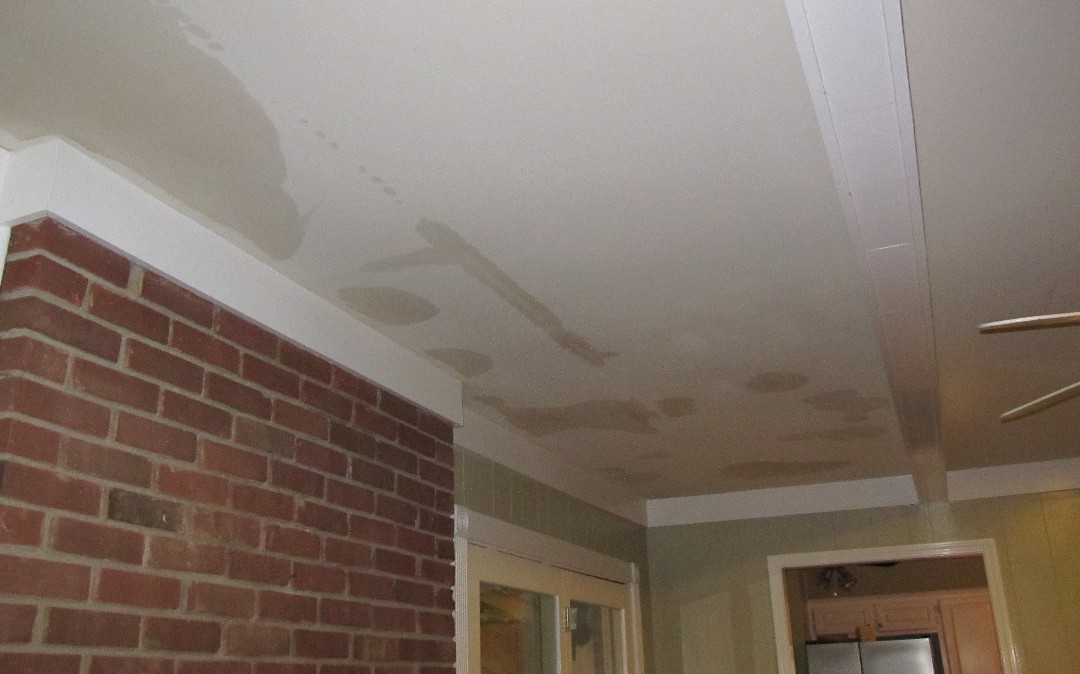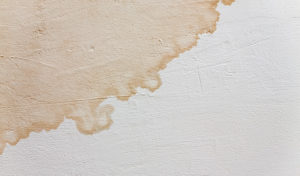Were you searching for guidance around How to Remove Water Stains from Walls and Ceilings?

Water discolorations on walls are not enjoyable to the eyes. Your residence must be without discolorations on the wall surfaces, roof covering, or floorings. That is the excellent state of a house and also its structures. Yet, often it appears practically inevitable to experience water discolorations on walls in residences.
Property owners living in moist areas frequently deal with the concern of water discolorations on walls. With accurate and all-round info on the causes of water spots as well as timely fixing processes, you will constantly be an action ahead of such occurrences.
3 Common Sources Of Water Discolorations on Wall Surfaces
Contrary to popular belief, water spots on wall surfaces do not constantly stem from inadequate building products. There are numerous root causes of water spots on wall surfaces. These consist of:
Moist
When warm wet air meets with dry cold air, it creates water droplets to base on the walls of buildings. This happens in bathroom and kitchens when there is vapor from food preparation or showers. The water droplets can stain the surrounding walls in these parts of your residence and spread to various other locations.
Moist or condensation affects the roof as well as walls of buildings. When the wall is damp, it develops an appropriate setting for the growth of microorganisms and also fungis.
Poor Water drainage
When making a structure plan, it is essential to ensure ample drain. This will certainly stop water from leaking into the wall surfaces. Where the water drainage system is blocked or nonexistent, underground moisture accumulates. This links to too much dampness that you see on the wall surfaces of your structure.
The leading cause of wet wall surfaces, in this instance, can be an inadequate water drainage system. It can additionally be because of bad administration of sewer pipes that run through the structure.
Pipe Leaks
The majority of houses have a network of water pipes within the wall surfaces. This guarantees that the pipelines are well away from the reach of destructive rats. It constantly raises the stability of such pipelines, as there is little oxygen within the walls. This inhibits rust.
A drawback to this is that water leakage affects the wall surfaces of the building as well as causes extensive damages. An indication of malfunctioning pipelines is the look of a water tarnish on the wall.
Pro Tip
A houseplant in your home likewise raises its humidity. So, if your home is currently damp, you may want to introduce houseplants with very little transpiration. An example of appropriate houseplants is succulents.
Water Stains on Wall: Repair Service Tips
Property owners would usually want a quick fix when managing water spots. Yet, they would soon understand this is counterproductive as the water spots persist. So, here are a couple of helpful pointers that will lead you in the repair service of water spots on wall surfaces:
Verdict
Although no one intends to have water spots on walls in their residence, it can take place to the most effective people. This short article offers you take advantage of, as you currently recognize how to manage this problem if it does occur.
It is constantly best to hire professional solutions to aid deal with the problems in your house.
Often it appears almost inescapable to experience water spots on wall surfaces in residences.
In contrast to preferred idea, water discolorations on wall surfaces do not constantly stem from inadequate structure materials. There are a number of causes of water stains on walls. The water droplets can tarnish the bordering wall surfaces in these components of your home and spread to other locations.
Right here are a couple of helpful pointers that will guide you in the fixing of water spots on walls:
CHECKING FOR WATER DAMAGE
Water damage can be costly, and it may begin before you even notice the first signs of trouble. Water damage can cause mold and mildew in your walls and floors, which can create an abundance of health concerns for your family. It can also lead to costly repairs of various appliances and general home fixtures. To avoid the pricey consequences of water damage, here are Warner Service’s top 5 places you should check:
The walls – The easiest place to spot the beginnings of water damage is on the walls and ceilings of your home. If water damage is present, there will most likely be water stains, especially around the windows and doorframes, and/or cracks in the drywall. If a stain looks unusual (discolored to brown, black or gray, raised texture), has a swollen appearance or is soft to the touch, contact a professional immediately. The pipes – To avoid water damage, consistently check the pipes in your kitchen (especially the dishwasher and ice maker), bathrooms, laundry room (specifically washing machines) and basement for corrosion, leaks and water stains. Pay special attention to where the pipes connect in your home and the location of caulking around the bathroom fixtures, including toilets, sinks, showers and tubs. Missing or loose caulking and grout could be signs of leaking water. This seepage can also quickly cause mold and rust, so double check your water heater and tank for wet spots on the floor. The floor – Water damage is very easy to spot on the floor. Look for any warping or buckling of the material, especially in the basement. If your home has wood flooring, look for bright white or dark stains. If your home has carpeting, keep it dry and clean. A damp carpet that smells of mold could cause water damage and health problems. To avoid this, consider installing floor pans under your appliances to help prevent damages from small, slow and undetected leaks. The basement and attic – If your basement or attic smells odd check for mold and mildew around the area, especially the valley where the roof meets. While you are inspecting those areas, check for wall cracks, floor stains, rust and dampness in the insulation. If you live in a colder and/or rainier climate, perform routine checks for water damage from melting snow or ice and rain. The exterior – Check the roof for damaged flashing and missing, cracked or curled shingles. There should also be no standing water anywhere outside your home. This could be caused by puddles, leaky rain gutters or hoses, poor drainage, or short gutter spouts. Invest in a sump pump system or water flow monitoring system, and perform routine maintenance on these outdoor appliances to avoid indoor water damage.

Do you really like reading about Water Stains on Walls? Try to leave a remark directly below. We'd be glad to see your thoughts about this blog posting. In hopes that you visit us again later on. Appreciated our piece of writing? Please share it. Help another person locate it. Many thanks for your time spent reading it.
Professional service available.